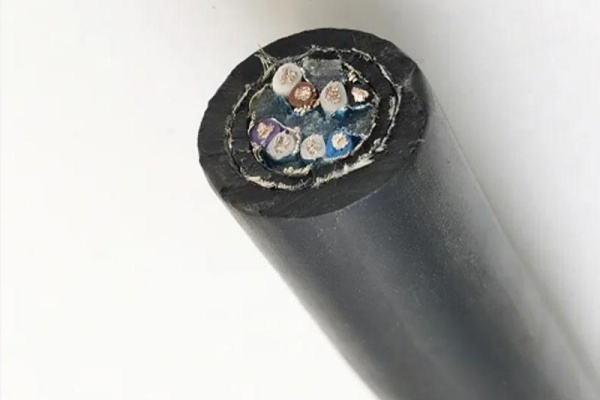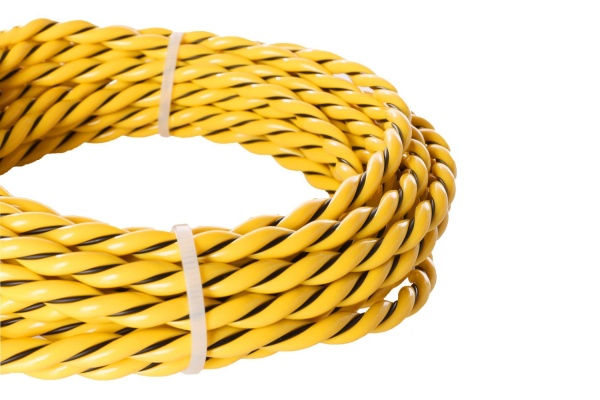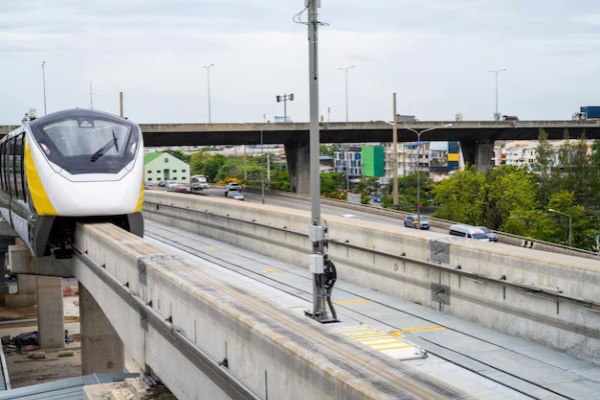耐炭化水素ケーブルは、油などのさまざまな炭化水素物質にさらされる環境では不可欠です, 燃料, および溶剤. 腐食作用に耐えるように設計されています, これらのケーブルは信頼性と安全性を保証します, 特に、炭化水素への曝露が頻繁に発生する業界では. この記事では、炭化水素耐性ケーブルのユニークな機能について説明します, 彼らの重要なアプリケーション, そして、なぜ彼らが石油や化学物質への曝露を扱うセクターで重要であるのか.

ケーブルの炭化水素抵抗を理解する
炭化水素抵抗 ケーブルでは、炭化水素にさらされたときに劣化に耐える能力を指します. 炭化水素, 主に水素と炭素原子で構成される有機化合物, 石油に見られます, 天然ガス, さまざまな工業化学物質. 時間とともに, これらの化合物は、標準的なケーブル材料を劣化させる可能性があります, 柔軟性の喪失につながります, ひび割れ, または完全な障害.
これらの効果と戦う, 炭化水素耐性ケーブルは製造されています 特別に処方された材料, のような ポリエチレン (PE), フルオロポリマー (テフロンなど), と ポリウレタン (pur), 炭化水素浸透に抵抗するように設計されています. これらの材料は、オイルや燃料に抵抗を提供するだけでなく、ケーブルが長時間の曝露下で電気的および機械的特性を維持することを保証します.
炭化水素耐性ケーブルの重要な特性
炭化水素耐性ケーブルは、標準ケーブルが処理できない挑戦的な条件に耐えるように設計されています. ここにそれらの定義的な特性のいくつかがあります:
- 高い耐薬品性
これらのケーブルは、さまざまな炭化水素ベースの物質にさらされると化学的に安定しています, 時間の経過とともに故障または侵食のリスクを減らす. - 耐久性と長寿
炭化水素耐性ケーブルで使用される材料は、その耐久性で知られています. 彼らは物理的な摩耗と化学的摩耗の両方に耐えます, それらを長期的なアプリケーションに理想的にします. - 熱安定性
温度が変動する環境で, 炭化水素耐性ケーブルは安定したままです. これは、石油抽出のような産業では非常に重要です, 気温が極端になる可能性がある場合.

4. 耐火性
一部の炭化水素耐性ケーブルも炎の遅れです, 安全性の追加層を追加します, 特に火災のリスクがある環境では.
5. 柔軟性
頑丈な性質にもかかわらず, これらのケーブルは柔軟性を維持します, それらをタイトなスペースまたは複雑な産業機械レイアウトに設置できるようにする.
製造基準と認証
品質と安全を確保するため, 炭化水素耐性ケーブルは、業界の基準と認定に準拠する必要があります. これらには以下が含まれます:
- IEC 60079-14 爆発的な雰囲気の場合
- ISO 14572 化学物質や燃料に対するケーブル抵抗用
- UL基準, オイルや炭化水素にさらされたケーブルの特定の要件が含まれています
これらの標準は、挑戦的な環境に対するケーブルの信頼性と適合性を確認するのに役立ちます.
炭化水素耐性ケーブルの用途
炭化水素耐性ケーブルは、オイルにさらされた環境で動作する産業で重要な役割を果たしています, ガス, その他の炭化水素ベースの物質. 主要なアプリケーションの一部を以下に示します:
石油およびガス産業
の 石油とガス セクターは、掘削リグ用の炭化水素耐性ケーブルに大きく依存しています, 製油所, および流通システム. それらは、機械を制御および電力するために使用されます, 通信システムを促進します, 監視装置をサポートします. これらのケーブルは、ケーブル故障のリスクを減らすことで滑らかな動作を保証します, コストのかかるダウンタイムになる可能性があります.
化学製造
化学プラントは、生産プロセスでさまざまな炭化水素を扱っています. 炭化水素耐性ケーブルは、機械を横切る安全で信頼できる接続を確保するのに役立ちます, 腐食性環境に対する本質的な保護を提供します.

海洋およびオフショアアプリケーション
オフショアプラットフォームと船舶は、油抽出部位に近接しているため、炭化水素への一貫した暴露に直面しています. 海洋環境で使用される炭化水素耐性ケーブルは、照明をサポートします, 配電, 安全で効率的な操作に不可欠なデータ通信システム.
自動車産業
自動車の製造および修理施設で, 炭化水素耐性ケーブルが重要です. 燃料システムなどのアプリケーションで使用されます, 潤滑プロセス, 車両内の配電, 燃料にさらされた地域での安全性と耐久性の確保.

鉱業セクター
鉱山はしばしば燃料および潤滑システムから炭化水素にさらされる機器を持っています. 炭化水素耐性ケーブルは、これらの過酷な条件で信頼できる電力と通信ソリューションを提供します, 機器の故障のリスクを最小限に抑える.
産業および製造施設
多くの産業環境では、頻繁な給油と潤滑を必要とする機械に炭化水素耐性ケーブルを使用しています. ケーブルは、オイルへの曝露に抵抗することにより、機器の継続的な動作を保証します, そうでなければ、標準ケーブルの性能を損なうでしょう.
鉄道と公共交通機関
鉄道産業は、炭化水素耐性ケーブルの恩恵も受けています, 特に燃料供給ステーションのような地域で, メンテナンスハブ, 列車の建設. これらのケーブルは電気システムをサポートしています, データ送信, 石油と燃料への曝露が一般的な環境での電力供給.

適切な炭化水素耐性ケーブルの選択
適切な炭化水素耐性ケーブルを選択するには、環境条件のような要因を評価することが含まれます, ケーブル材料, と 電圧要件. 適切なケーブルを選択するのに役立ついくつかの手順があります:
- 炭化水素曝露を評価します
環境に存在する炭化水素の種類と濃度を決定する, 一部の材料は特定の炭化水素により適しているためです. - 温度耐性を考慮してください
温度の回復力は、極端なまたは変動する温度のある環境でケーブルが使用される場合に不可欠です. - 認定を確認してください
関連する業界の認定と基準を満たすケーブルを探してください, 意図した環境に対するケーブルの適合性を確保します. - 機械的要件を評価します
適切な機械的特性を持つケーブルを選択します, 柔軟性など, 抗張力, 耐摩耗性, インストールのニーズに応じて.
炭化水素耐性ケーブルの設置とメンテナンス
適切な設置と定期的なメンテナンスは、炭化水素耐性ケーブルの寿命と有効性を最大化するために重要です. 一部のベストプラクティスには含まれます:
- 適切なケーブルルーティング: 不必要な曲げやストレスを避けるためにケーブルがルーティングされていることを確認してください.
- 定期的な検査: 摩耗や劣化についてケーブルを確認してください, 早期検出はより大きな問題を防ぐことができるためです.
- スケジュールされた交換: 暴露レベルとケーブルの状態に応じて, 予期しない失敗を避けるために、スケジュールされた交換を検討してください.
炭化水素耐性ケーブルは、オイルにさらされるセクターで不可欠です, 燃料, 化学物質は避けられません. 炭化水素の腐食効果に耐える能力は、それらを石油とガスで好む選択としています, 化学薬品, 自動車, 海洋産業, とりわけ. 彼らのアプリケーションを理解することによって, 基準, メンテナンスのニーズ, 企業は、炭化水素が豊富な環境で安全で信頼できる運用を確保できます.


